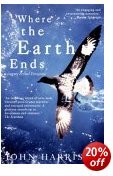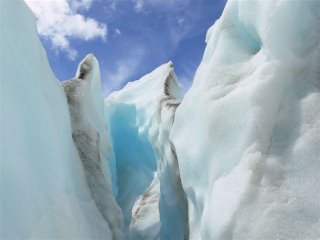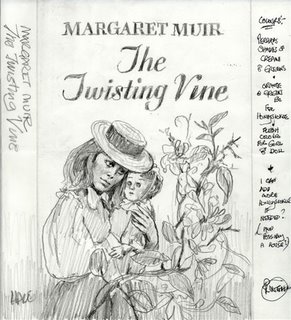
John Harrison's latest book, Where the Earth Ends is about South America and Antarctica.
In 2002, he walked 700 miles through the Andes for his next book, A Walk to the Sun, about the high sierra.
John was the first outsider some of those people had ever met.
‘My father’s family were seafarers, but he entered the airforce when WWII broke out.
After the war, he just wanted a nice safe desk job. Even our holidays were timorous affairs.
But I guess my wanderlust broke out, albeit a little late in life, when I had the chance to visit Kenya in my thirties. I don’t think I’ve had a European holiday since, apart from exploring the British Isles more fully.
There’s nothing like foreign travel to make you realise what you don’t know about your own land.
I always loved maps and geography, encouraged by Dad, who’d been a navigator.
My interest in travel writing also came late, after many years as a fiction writer.
It was travel and memoirs, rather than travel books, which inspired it. I wanted to try to encapsulate something of the whole experience of another place. I think it combines many of my interests. Over and above telling a story, I can play around and weave in fragments of history and myth, a love of landscapes and wildlife, and the layers of culture and literature that give human occupation depth and meaning.
I aim to provide a sense of spirit of place.
‘Where the Earth Ends’ was the result of reading a book called 'Uttermost Part of the Earth' by Lucas Bridges, the son of a missionary who ministered to the Natives of Tierra del Fuego.
Young Bridges was brought up among Indians still living a Stone Age life.
I went there. I had to write about it.
Out of all the things I’ve done, the thrill of getting my first book published matches any of them. When it was made a Sunday Times book of the week, I couldn’t quite believe it! It took a long time to find my métier, but it’s a lovely job.’
About John
Travel writer and environmentalist, JOHN HARRISON, is a native of Liverpool. For twenty years, he worked in planning and environmental matters. His short stories have been broadcast on the BBC and collected in A Short Primer in Vice. His last book, Where the Earth Ends, about South America and Antarctica, was a Sunday Times Book of the Week, and has been translated into German. It’s now out in paperback. Copies are available from Parthian Press parthianbooks@yahoo.co.uk
or if you’d like a personalised signed copy from the author, via his website http://www.cloudroad.co.uk
He is now writing and lecturing full-time, including working as a Field Education Officer for the Royal Society for the Protection of Birds. He has travelled to 42 countries on 6 continents, and has made radio programmes for the BBC on Antarctica and Easter Island.
John's particular interests are the links between real voyages and famous fiction, the remote cultures of southern South America, and the impact of exploration and conquest.
He is a Fellow of the Royal Geographical Society, a member of the Society of Authors, a Fellow of the Welsh Academy, a past Chair of the Welsh Union of Writers, and was for many years a Member of the Royal Town Planning Institute.
Photo: Amazon.uk.com




